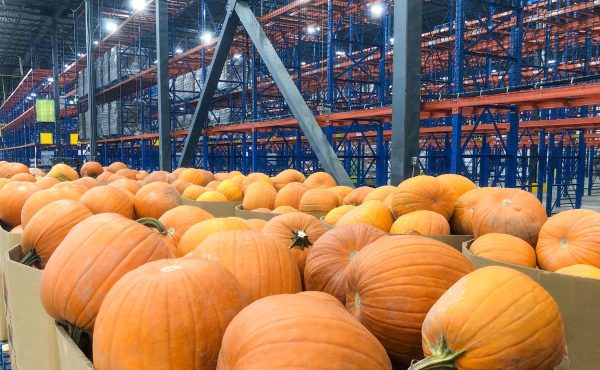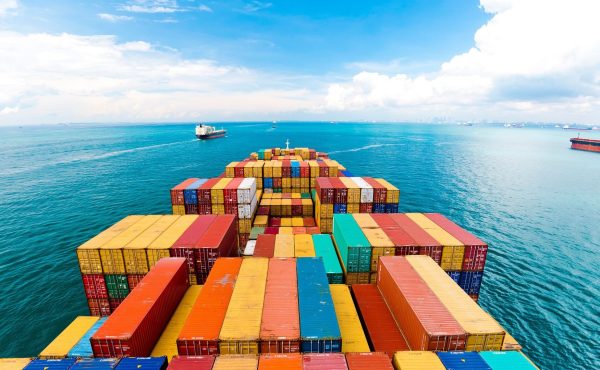Transporting heavy machinery: challenges and solutions for international projects
International transport for heavy machinery is essential for sectors such as industry, construction, mining and agriculture. It involves transferring equipment that is large in size and weight and requires special shipping conditions. Some of the most commonly transported types of machinery in the world are cranes, excavators, tractors, bulldozers, industrial generators and drilling rigs.
This type of machinery is transported by a variety of logistics modalities, depending on factors such as the urgency of the shipment, the distance and the available infrastructure. Maritime transport is the most widely used option, as it allows for large volumes to be moved at relatively low costs. Special containers, Ro-Ro (Roll-on/Roll-off) vessels and bulk cargo vessels are used. Ground transport of machinery is common in national and regional shipments, using special oversized trucks, extendable platforms and modular transports, all of which are regulated by the TIR Convention.
Logistics companies managing the transport of heavy machinery face a number of challenges that can impact operations and costs. Infrastructure constraints can make relocation difficult, as some roads, ports and airports are not equipped for large machinery. In addition, each country has its own regulations regarding permissible transport weights and dimensions, which may require special permits. On top of this, there are the high costs associated with the use of specialized equipment and customs fees.
Safety is another critical factor, but no less important, as improper handling of machinery can cause costly damage. What solutions can be applied to make heavy machinery transport efficient?
- Choosing the appropriate means of transport: choose between sea, land, rail or air depending on the characteristics of the machinery and the urgency of the shipment. For heavy construction machinery, sea transport is the best option due to its capacity and lower cost.
- Use of adapted containers: implementing special containers, such as flat racks, for machinery that does not fit in conventional standards. This is key for equipment such as industrial turbines.
- Planning logistics routes: analyzing the most efficient routes and avoiding height or weight restrictions.
- Optimized customs clearance: relying on experts in international regulations to minimize delays at ports and borders. A good customs strategy can reduce costs and delivery times.
- Monitoring and security: implementing tracking, traceability and real-time supervision technology to prevent incidents and ensure delivery in optimal conditions.

A company specializing in heavy machinery transportation
At Logisber we are experts in transporting heavy machinery internationally. With more than 15 years of experience in Project Cargo, we offer customized solutions for each type of machinery, ensuring an efficient and safe operation. From choosing the right mode of transport to customs clearance, our team of experts handles the entire process, allowing our customers to focus on their business. Contact Logisber and find out how we can optimize your machinery shipping logistics.
Categorías
Compartir









